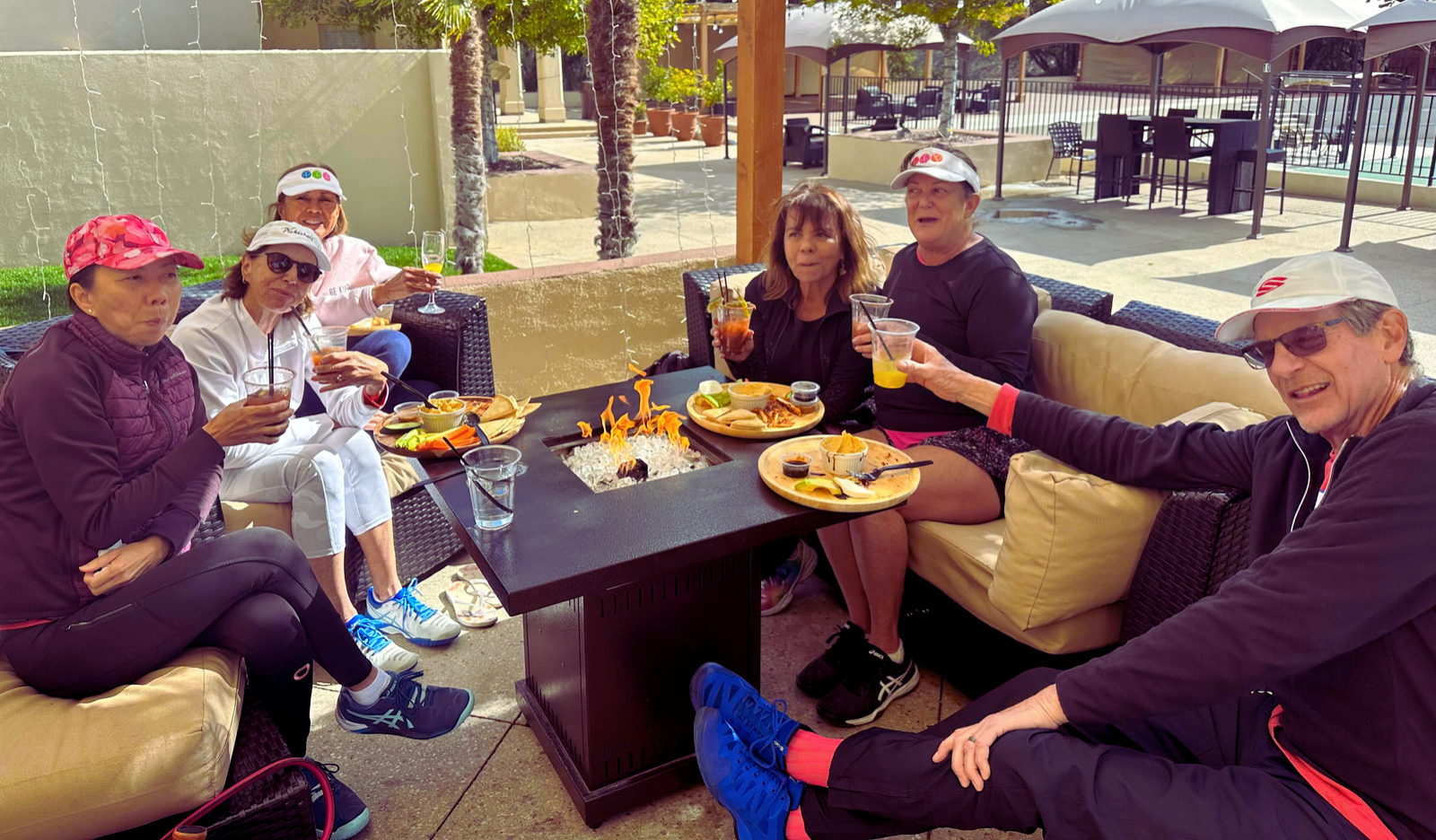The problem with calorie counting - is it more trouble than it’s worth? (Nutritional support at the Paseo Club)
February 13th, 2023 | 4 min. read
By Jen Azevedo

Losing weight doesn’t mean just hitting the gym four times per week. You need to factor in the quality of your sleep, modest stress levels, and, of course, nutrition.
How to eat right is often more complicated than we imagine. Magazine articles, fitness influencers, and even the FDA (Food and Drug Administration) all have different ideas about what to eat, how much to eat, and when to eat.
One of the most tried and true theories about maintaining a healthy weight is to watch your calories. But is calorie counting all that it is cracked up to be?
The Paseo Club is a social club in the Santa Clarita Valley that has supported members in health and fitness for almost 20 years. In addition to the many fitness instructors, the Paseo Club has four nutritionists on staff.
Members often ask the nutritionists how to reach a target weight and if counting calories is the best method. To help you look your best, we will answer that question and more.
In this article, you will learn if calorie counting is effective, if your body registers calories from different foods the same, and if there is a better approach to losing weight.
What is calorie counting?
Calorie counting is a way to measure the calories you eat (in), and calories you expend (out) — CICO for short.
The concept is simple:
- When you take in more calories than you burn, you gain weight
- When you take in fewer calories than you burn, you lose weight
- When you take in the same amount of calories as you burn, you maintain your weight
How does a calorie of cake compare to a calorie of broccoli?
All calories indeed have the same amount of energy. One dietary calorie contains 4,184 Joules of energy. In that respect, a calorie is a calorie.
Although it is a bit confusing to understand, a calorie is not just a calorie when it comes to food. Bodies are complex and how calories get processed depends on several factors.
- Stress
- Genetics
- Hormones
- Sleep quality
- Overall health
- The nutrient density of food
Cakes are loaded with sugar and unhealthy fats that spike your blood sugar and provide no protein to satiate you or fiber to help slow the absorption of sugars. Cakes are easy to overeat, which makes sticking to a modest calorie intake of cake almost impossible.
Broccoli is full of vitamins, minerals, and fiber. It has few calories, and you can eat cupfuls of it while maintaining a low total calorie count.
- 1 cup of broccoli has 31 calories
- 1 tablespoon of cake has 42 calories
And who, my friends, eats one tablespoon of cake?
Is calorie counting an effective way to watch your weight?
There are many different ways science has helped us learn to manage our weight.
- Counting macros
- Counting calories
- Choosing certain foods
- Eating windows/intermittent fasting
Calorie counting was popular for many years, but recently three important facts have become apparent:
- Not all calories are created equal
- Calorie counting is tedious and not something that most people can stick to long-term
- It may not really provide the results you’re looking for
People use macro calculators and apps to help measure, record, and track their calories and other nutritional calculations.
Although there are benefits to using calculators and apps, they often don’t get used for long, and people often get inaccurate results because they measure improperly.
What is the easiest way to measure food intake?
Measuring amounts of food in an exact manner can be difficult to do without taking out measuring cups and spoons every time you eat.
Unless being precise is critical to you, there is a great system that anyone can use to measure food — your hand.
According to Precise Nutrition, using your hand to estimate portions is an effective way to reach or maintain a healthy weight. Because it is so easy to use, it is also the most effective.
Here is how women can assess portion sizes for a meal by using their hands:
- 1 palm (protein) ~3 oz (85 g) cooked meat, poultry, fish, or tofu, 1 cup Greek yogurt or cottage cheese, 1 scoop protein powder, 2 whole eggs
- 1 fist (veggies) ~1 cup non-starchy vegetables (spinach, carrots, kale, broccoli, cauliflower, peppers, etc.)
- 1 cupped hand (carbs) ~½ cup (100 g) cooked grains or legumes (rice, lentils, oats, etc.), 1 medium fruit, 1 medium tuber (potatoes, yams, etc.)
- 1 thumb (fat) ~1 tablespoon (14 g) oils, nuts, seeds, nut butter, cheese, dark chocolate, etc.
In addition to the hand portion method, what else can people do to help them eat well?
Here are several small steps that everyone can take to help them eat healthy and in the correct amounts.
- Eat slowly
- Hydrate with lots of water
- Pay attention to hunger cues
- Eat to 80% full to minimize overeating
Allow yourself to stop seeing food as the enemy or savior. Start each day as a clean slate to make educated choices for the fuel you choose for your body based on the lifestyle you enjoy.
Choosing sustainable methods to achieve optimum weight
It is normal to struggle with your weight. There are many triggers that can cause us to overeat or make unhealthy food choices — stress, grief, and the holidays, to name a few.
Sometimes we have just gotten stuck in a rut with our eating habits and need to start fresh. But measuring the calorie of every little bite that you put in your mouth may not be the easiest or most effective way to watch what you eat.
Making healthy choices is more than half of the battle, but eating modest portions is also essential. The hand portion method is both easy and reliable. It can be a great way to give your diet a little extra attention when you need to make dietary changes.
Nutrition is a critical component of good health. But sometimes you need support. You can reach out to the Paseo Club’s nutritionists for guidance.
- Trish Deboni NCEP holistic nutrition certified
- Erin Frawley Level 2 Precision Nutrition Certified
- Cezanne Youmazzo Level 1 Precision Nutrition Certified
- Andrew Basile The American Fitness and Nutrition Academy (AFNA) certified nutritionist
The Paseo Club has tennis and pickleball courts, a junior Olympic pool, and over 60 fitness classes available to members each week. The club also hosts a cafe for meals or snacks and a spa with two massage therapists and one aesthetician.
If you want to join a fitness center that also values community, then the Paseo Club may be a good fit. Schedule a tour today to check it out.
To learn more about food and nutrition, read these three articles:
- Boredom Eating And How To Combat It
- The 7 steps for optimum nutrition while training
- Why your fitness routine does not matter if you are not eating right, managing stress, and getting enough good quality sleep
Jen Azevedo is a tennis professional, pickleball professional, personal trainer, group exercise instructor, and the general manager of the Paseo Club. She loves the community at the Paseo Club and that it is also a safe and fun place for her daughter. Jen’s favorite activities are joining her tribe for trail races or her partners for tennis matches. Occasionally Jen slows down to relax with a book — she reads over 100 a year!

